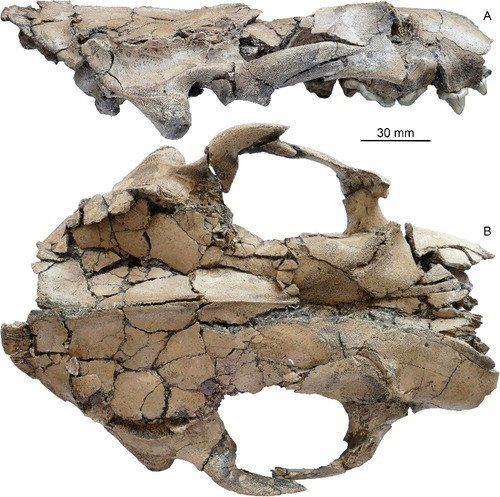It turns out that otters haven’t always been the cute little cup-stacking sea creatures we know today.
In fact, a study has revealed their ancestors from six million years ago were as big as wolves when they prowled the warm wetlands and river valleys of China.

Thanks in part to their starring role in David Attenborough’s ‘Planet Earth’, out of all the creatures in the animal kingdom, otters are considered the sort that you could safely take home for a hug.
But their 50kg giant ancestors weren’t quite so family-friendly - weighing in at around double the size of the largest type of otter (the 12kg Eurasian otter in case you’re wondering) found in the world today.

Over a decade ago, a team of archeologists unearthed otter fossils in a southwestern province of China, Yunnan.
The discovery was made up of limb bones and skull fragments, which then took nearly a decade to put together.
The team used CT scanning technology to compose an image of the giant otter, although without a tailbone they were only able to guesstimate the weight not length of the marine animal.
Named Siamogale Melilutra, these semiaquatic otters were able to move freely through the boggy environment without being hindered by broad rivers, unlike other large land mammals at that time.
In the past otter fossils found in Thailand, were initially confused as being badgers, because of their badger-like teeth and skull similarities.
